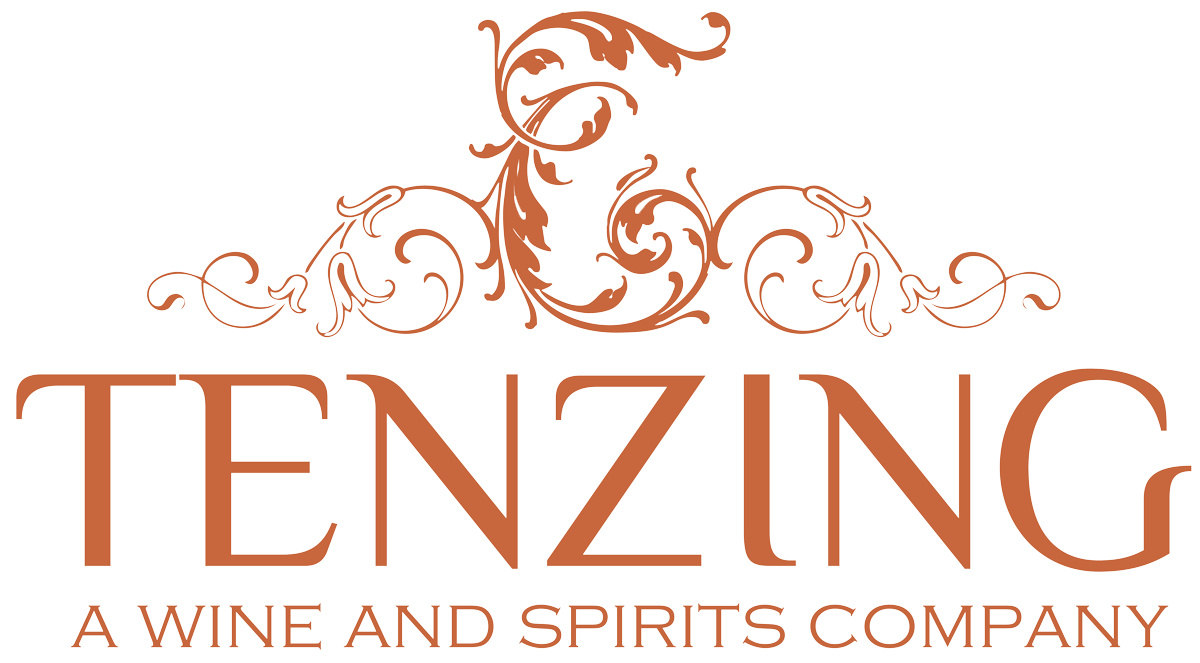The term “cool climate” is often used in wine, but what does it actually mean? We know that some regions are hotter than others and can generalize by country or latitudes. Almost all of the wine regions of the world are between the 30˚ and 50˚ latitudes of the northern and southern hemispheres. This is where you can ideally get enough sunlight during the year, but avoid the heat around the tropics and long cold winters near the poles.
Macro climate is the regional climate within these limits that is suitable for quality wine grapes to grow slowly and develop their individual characteristics. Mesoclimate can refer to the Sub region or vineyard whereas microclimate refers to the climate in and around a vine canopy, the restricted space including all parts of the vine above the ground.
Basic Categories of climates are:
•Continental (Long cold winters, humid, hot summers)
•Maritime (Mild winters, long, dry summers. Influence from the ocean)
•Tropical (Hot, humid, short or non-existent winters)
•Mediterranean (Mild winters, long, dry and mild summers)
•Desert/Arid (Dry and hot days, but can have cool nights. Irrigation needed for water)
Can Be Further Defined……
•Cool
•Moderate
•Warm
•Hot
Climate is then defining the way grapes taste: Red grape vines are easy to grow where there is plenty of sunlight and warmth, but can struggle to even flower and produce fruit if planted in a cool climate. The lack of sunshine will keep the color of the skins light and they will not develop the aromatic or tannic structure needed for red wines.
Many white grapes are sensitive to the sun’s intensity, which can cause the skins to burn. Heat and humidity can encourage molds to grow and too much of both sun and heat can over-ripen the fruit which will produce more sugars and lower the acidity.
Even within a generally warm or hot region, there are pockets of “cool climates”. These are typically moderated by a large body of water like the ocean (Pacific) or great lake (Michigan), or can be even a high altitude region (Mendoza Argentina)
Classic cool climate white grapes:
Chardonnay, Riesling, Sauvignon Blanc, Chenin Blanc, Pinot Gris
Cool climate red grapes:
Pinot Noir, Meunier, Gamay, Lagrein, Cabernet Franc
Famous cool climates of the world:
California’s coastal regions: Sonoma Coast, Santa Barbara County, Anderson Valley
Oregon: Willamette Valley
Mexico: Guadalupe Valley
Chile’s coastal regions: Casablanca
Argentina’s high altitude region: Salta
South Africa’s Western Cape
New Zealand’s South Island: Marlborough, Canterbury, Central Otago
Australia: Tasmania, Victoria, Margaret River
France: Loire Valley, Champagne, Chablis, Jura and Savoie
Germany: Mosel
Italy: Aosta, Valtellina, Trentino-Alto Adige, Veneto, Friuli-Venezia Giulia
“Cool climate grapes have more acidity, lower alcohol, lower tannins and body.”
Arnot-Roberts, Pinot Noir Coastlands Vineyard Sonoma Coast (2017)
Arnot-Roberts is one of the most exciting young wineries in California, or anywhere for that matter. Duncan Arnot Meyers and Nathan Lee Roberts have put together a compelling set of wines that highlight the personalities of some of the cooler-climate sites in Northern California
Lieu Dit is a partnership of longtime friends Eric Railsback and Justin Willett. The two met in Santa Barbara while Eric was finishing college and Justin was just beginning his career in winemaking. The two were among a small group of young winemakers and restaurateurs in Santa Barbara unified by a common interest in wine and all its mysteries.
At Evening Land, our goal is to explore great terroir and reflect that greatness in every bottle that we produce. This begins in the vineyard with a constant stewardship of the land. We strive to make wines that reflect only the essence of the vineyard – the unique conjunction between a place, nature and time.
von Hövel holds 2.8 hectares of vines in the famed Wiltingen vineyard of Scharzhofberg, making them one of only 5 ‘significant’ landowners at this site. Max von Kunow farms this vineyard with a focus on expressing the more “salty, mineral style” of Scharzhofberg, with modest residual sugars and pointed acidity, typically framed by spice ripe fruit. The wine is fermented with native yeasts and aged in stainless steel in 2017.
This is a family owned estate with 28 ha of vines in the Dolegna district of Collio. Established in 1930 when Daniele Venica purchased Ronco del Cero. Today the winery is one of Friuli's most well known and respected estates. Giampaolo now has taken over the estate from his father Gianni and uncle Giorgio. The winery is known for highly textural and aromatic whites that use little to no wood in the production of their wines
The mountain region of Valtellina sits near the Swiss border and is one of the most picturesque of Italy. From steep, south-facing, and terraced mountain vineyards the Pelizzattis produce beautifully restrained styles of Nebbiolo, or Chivanesca as it is called in Valtellina. They choose to stay loyal to the region's traditions and avoid the trappings of modern winemaking technology, instead opting for long macerations and old large-format chestnut and oak barrels.














